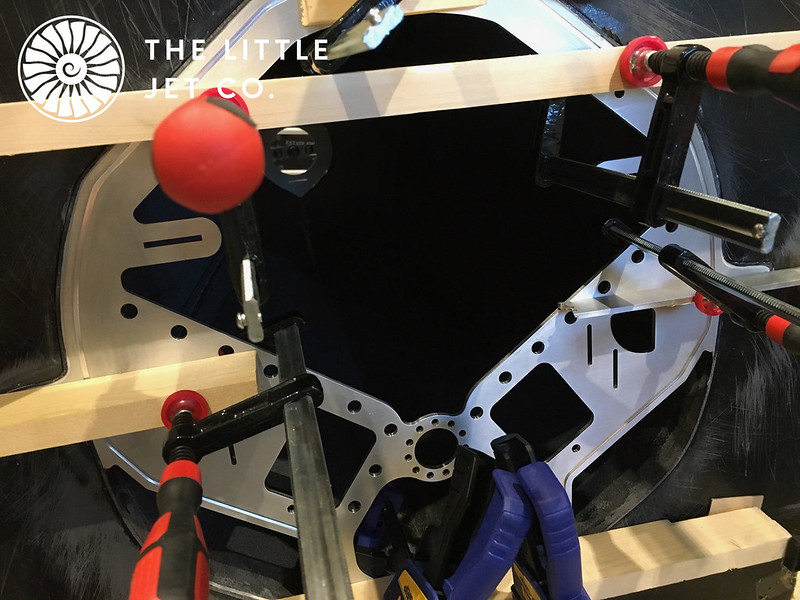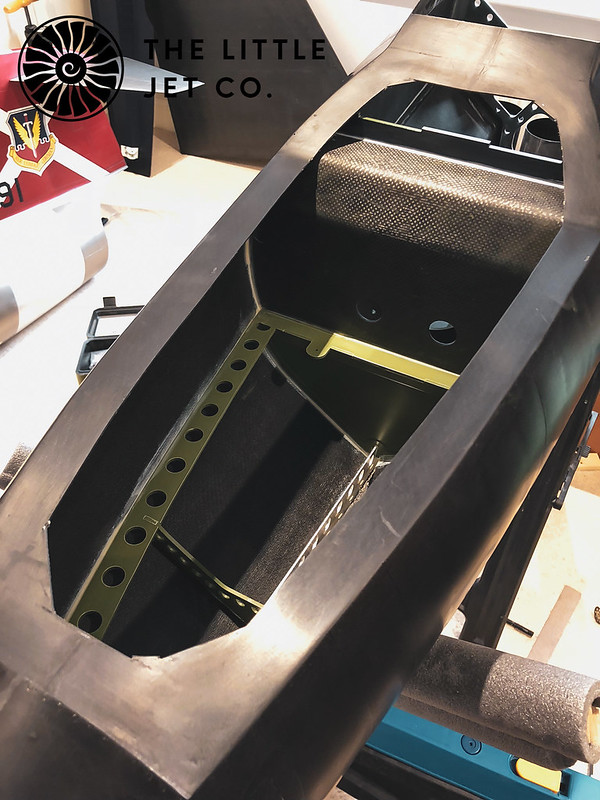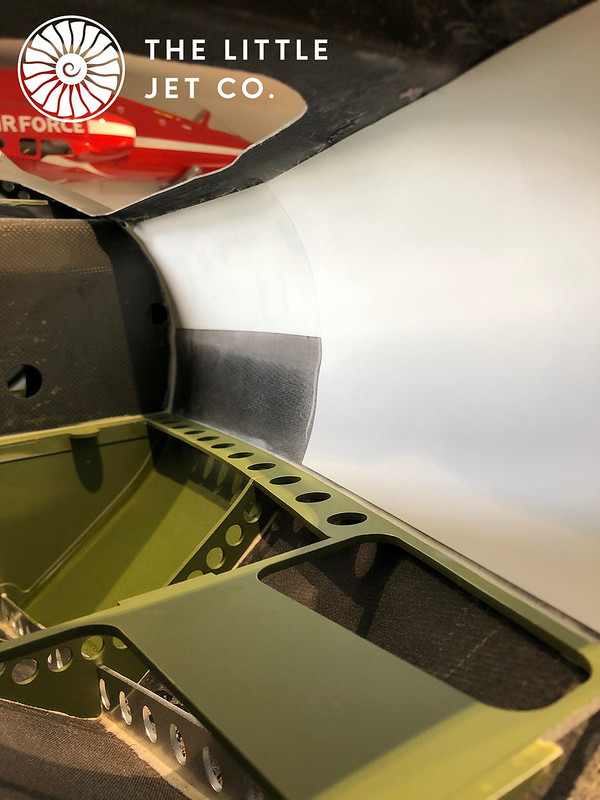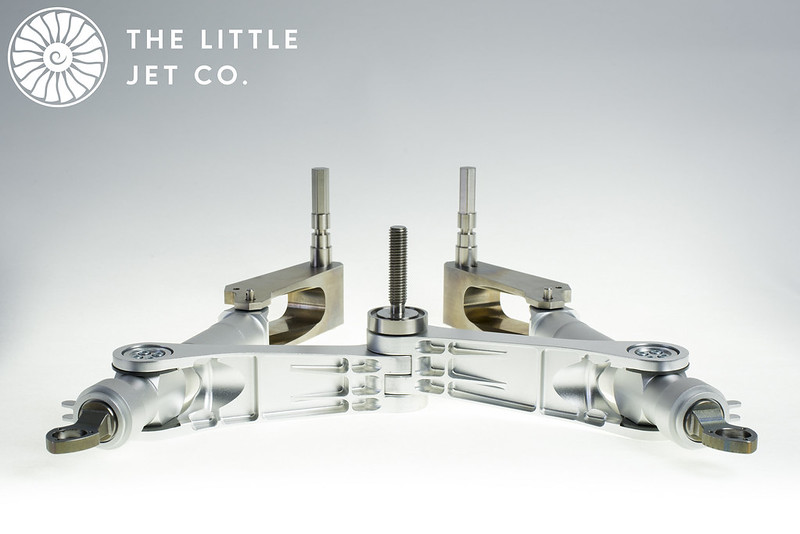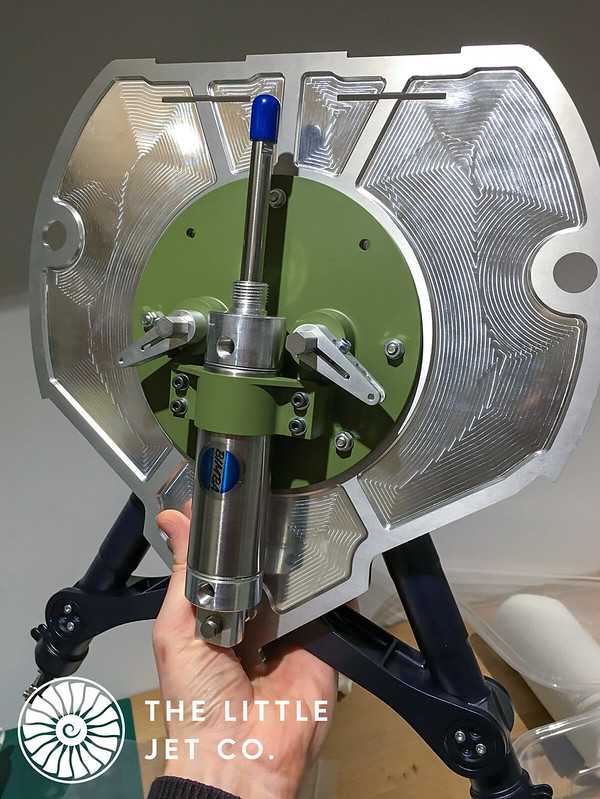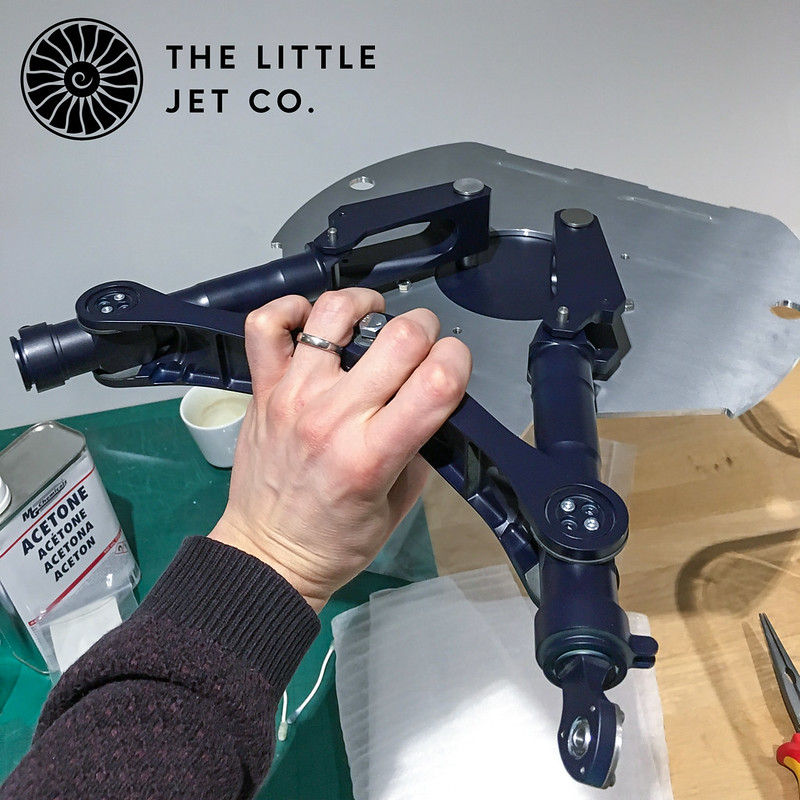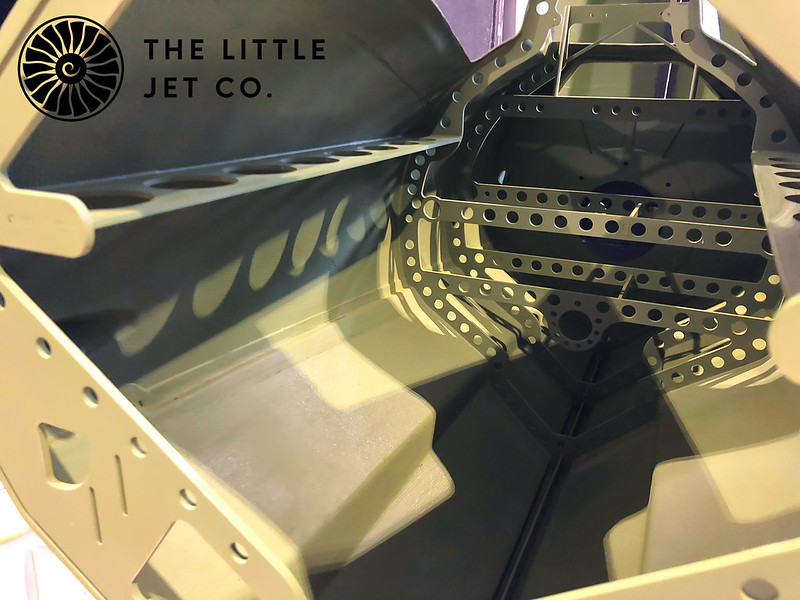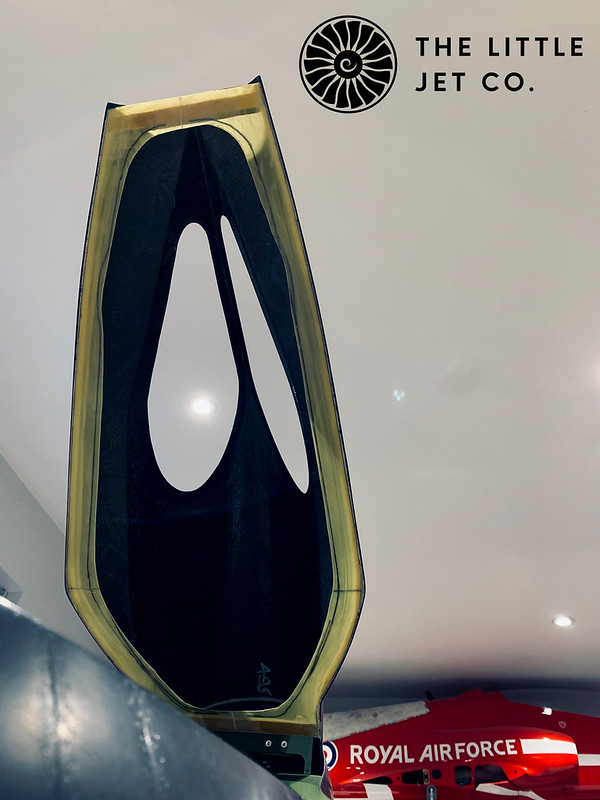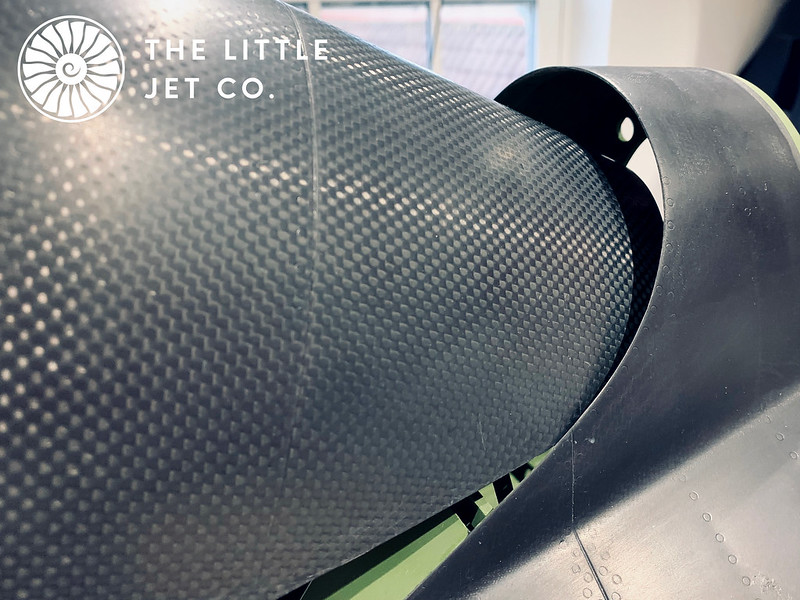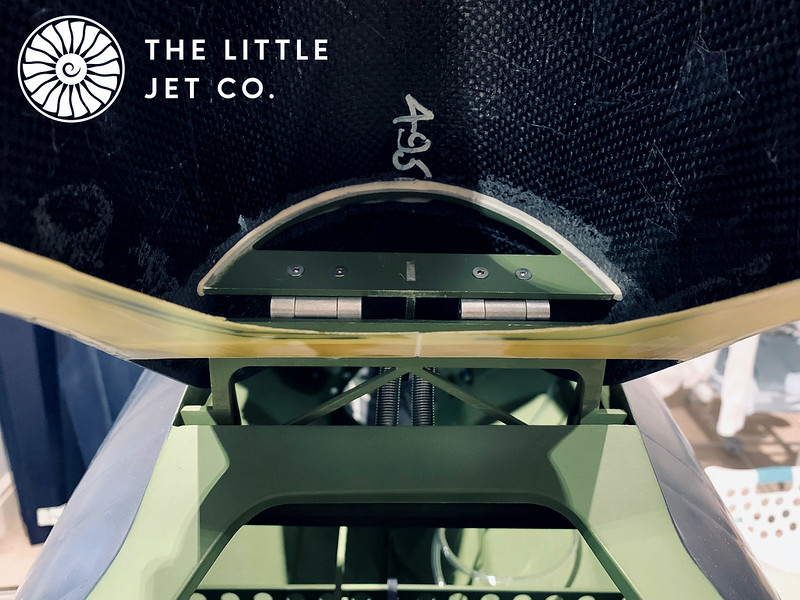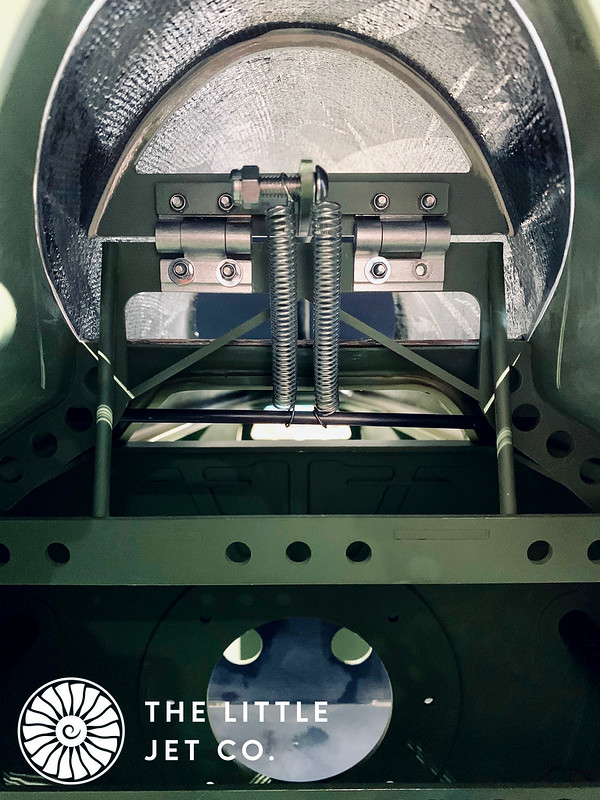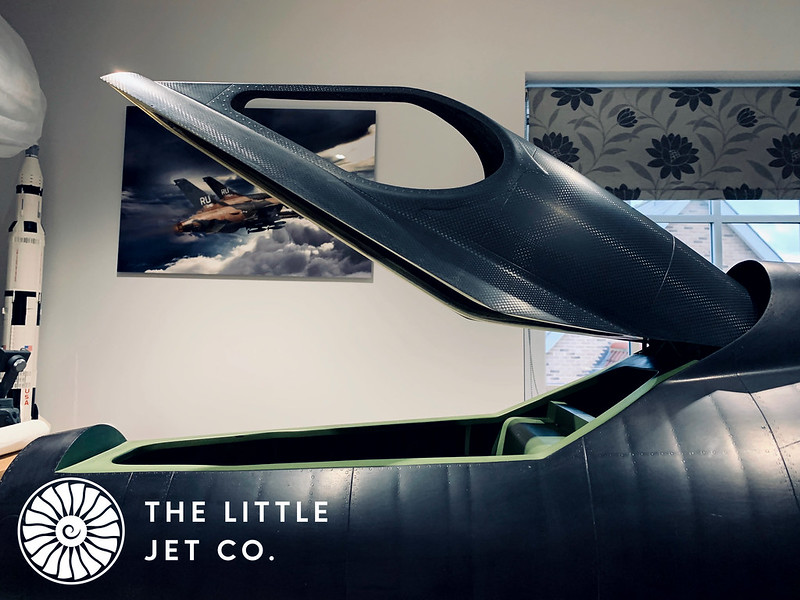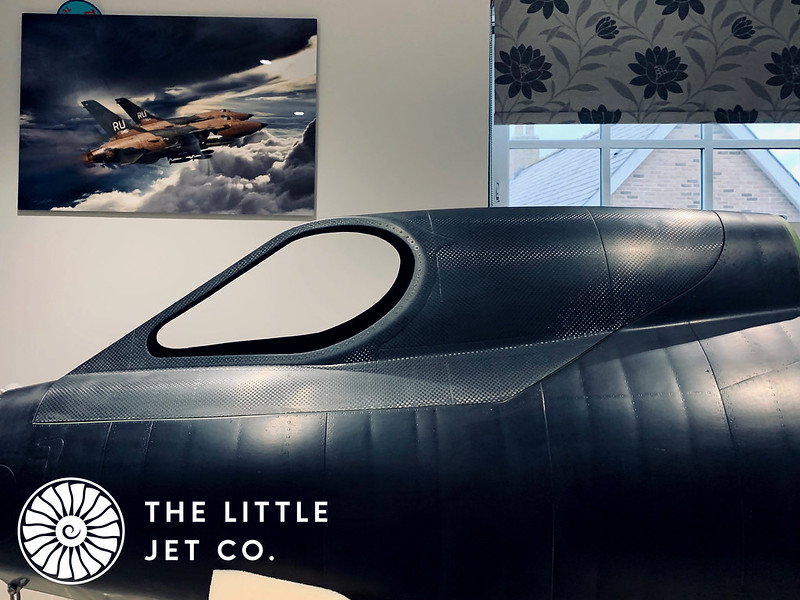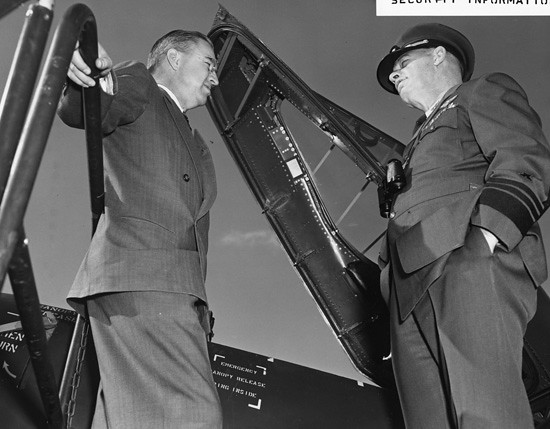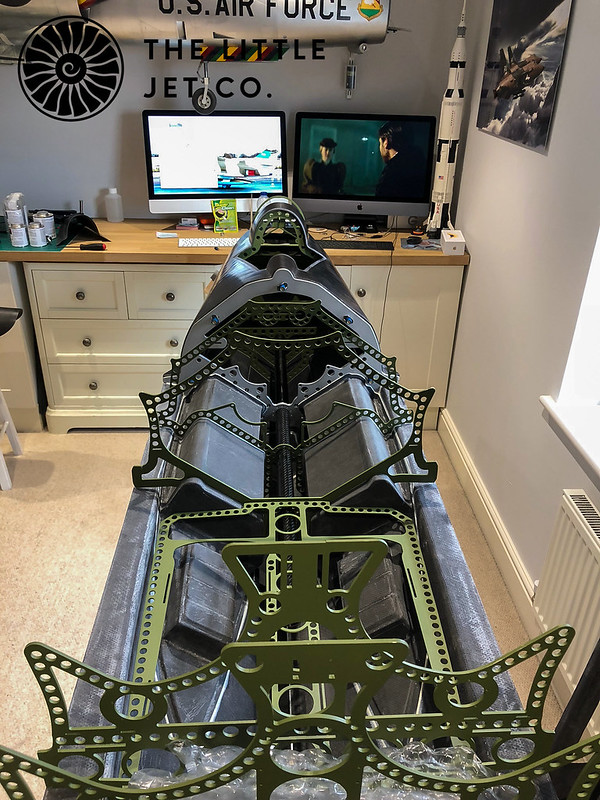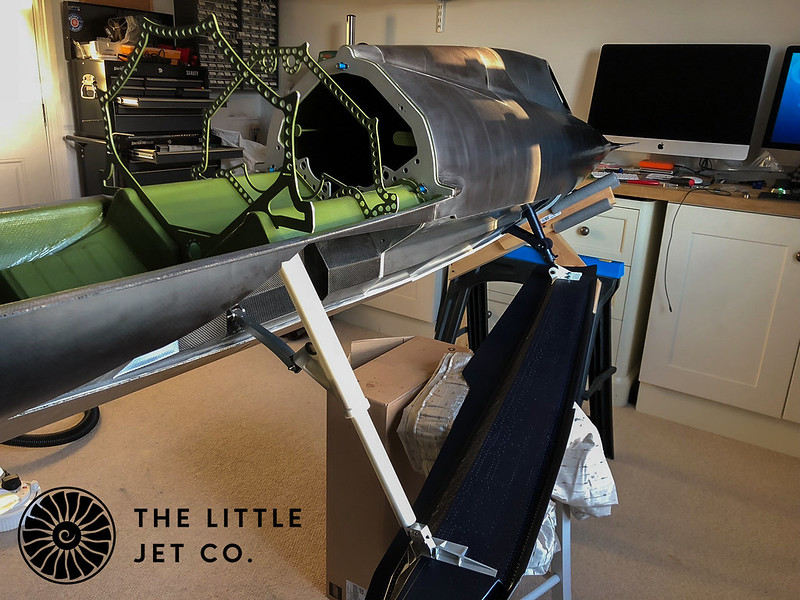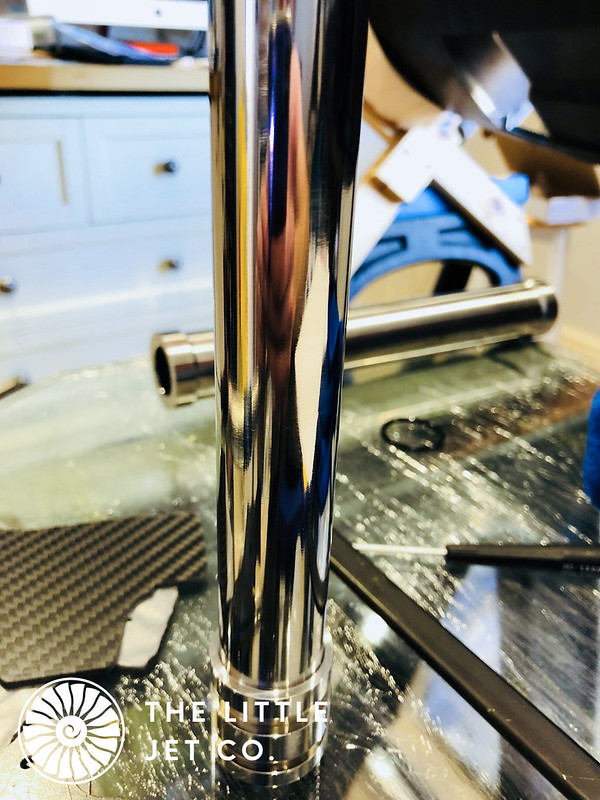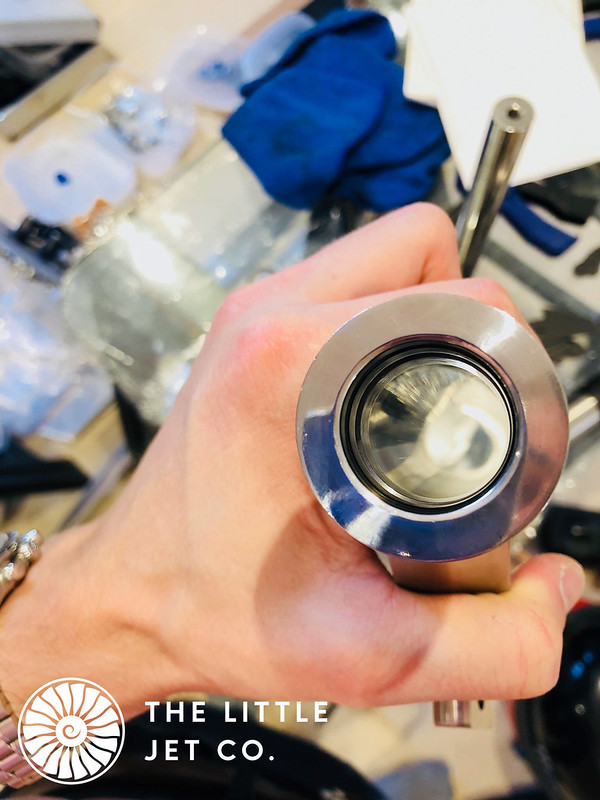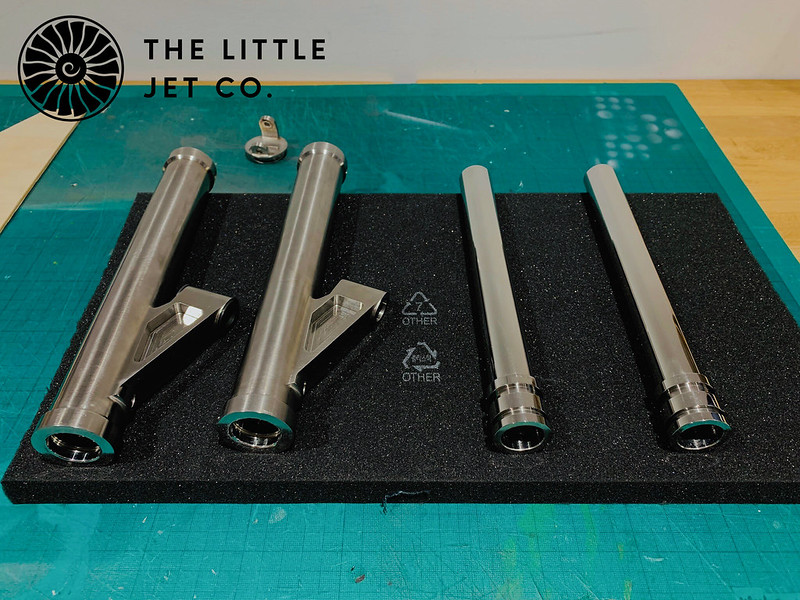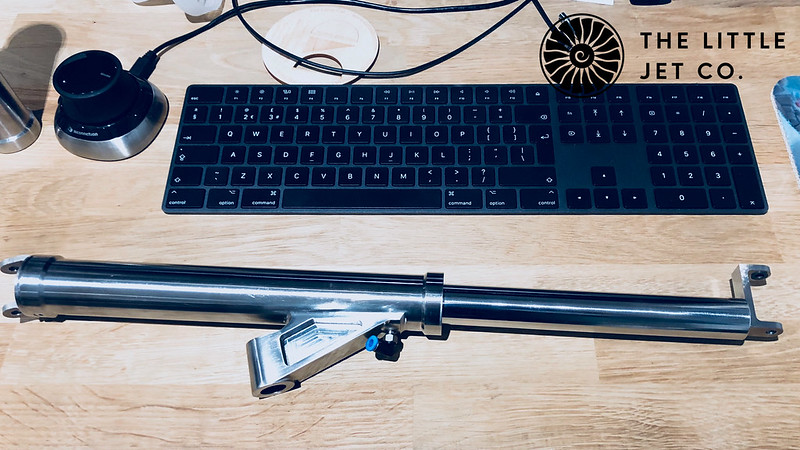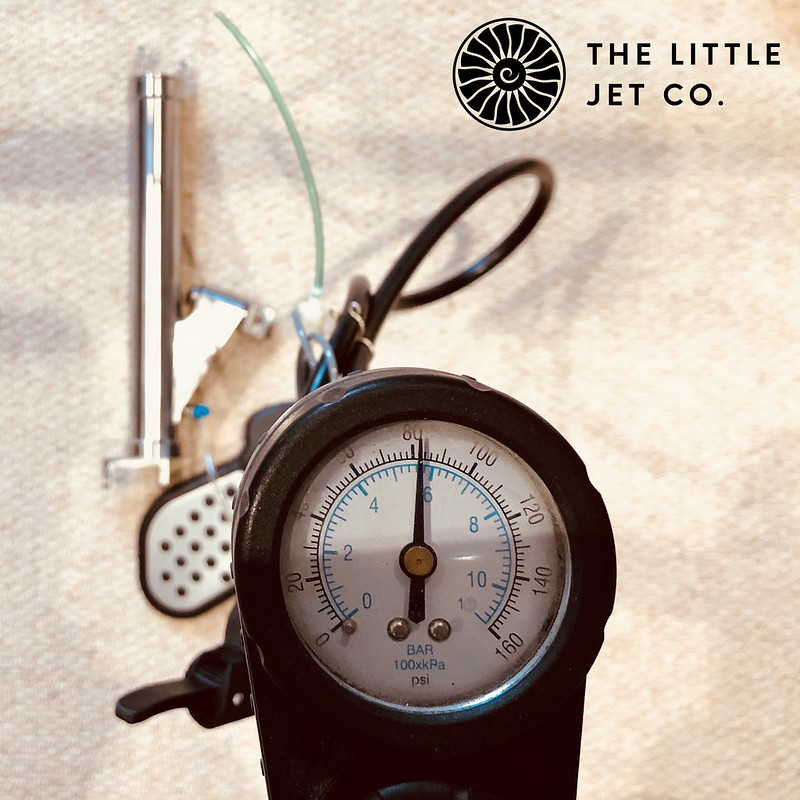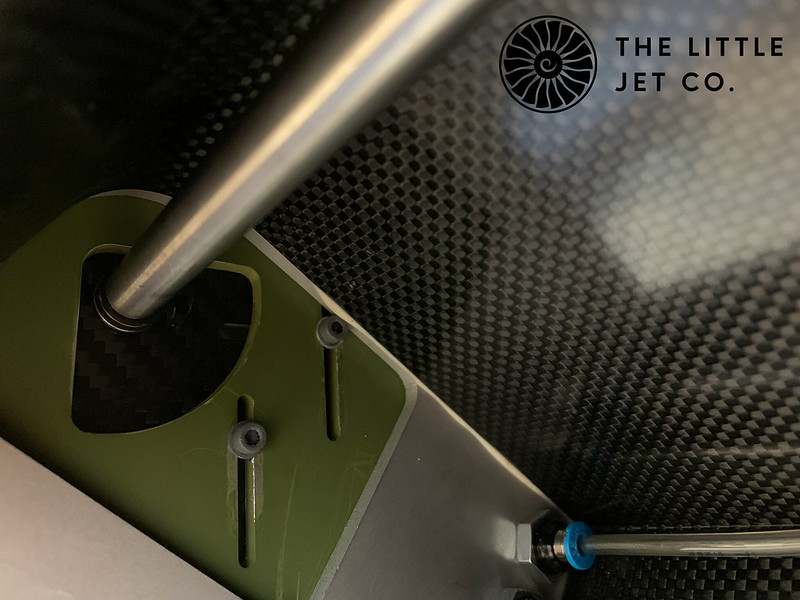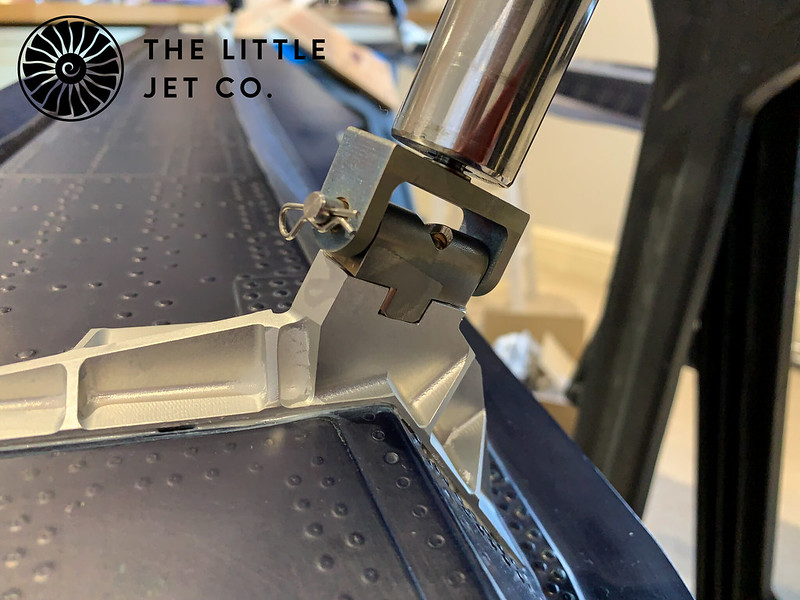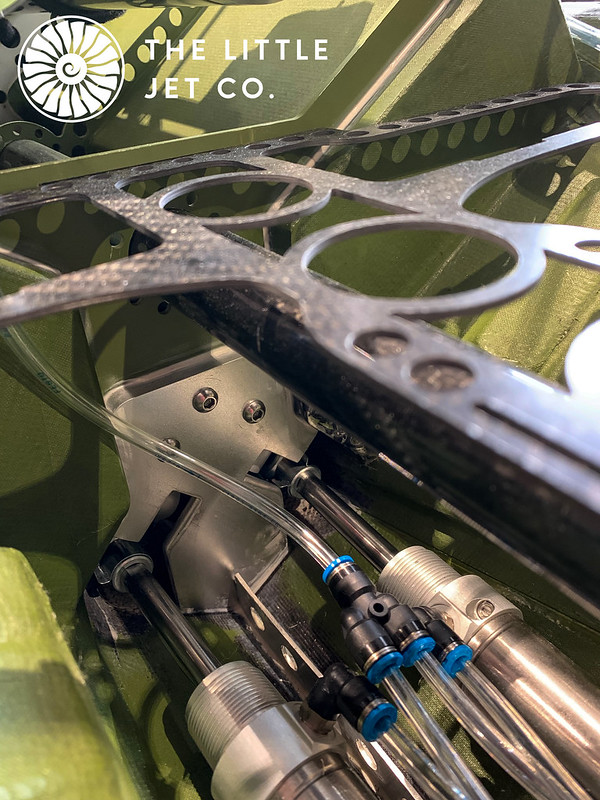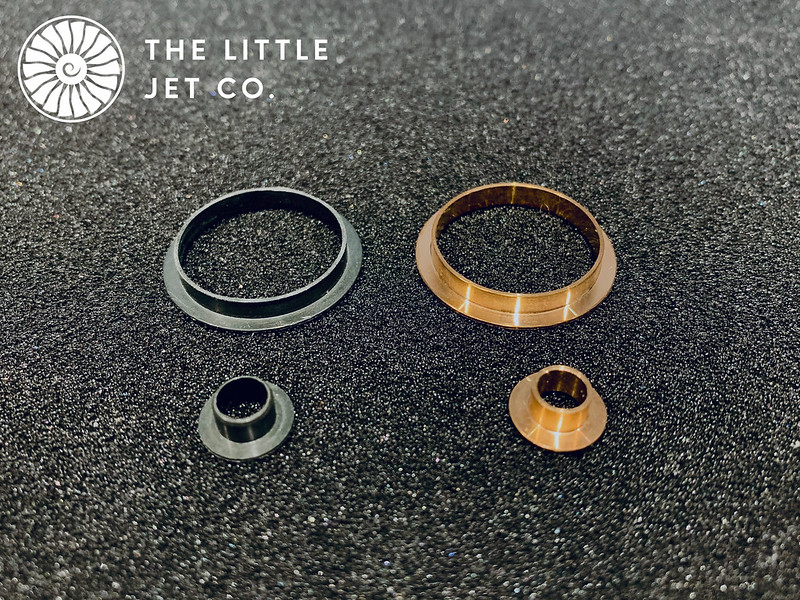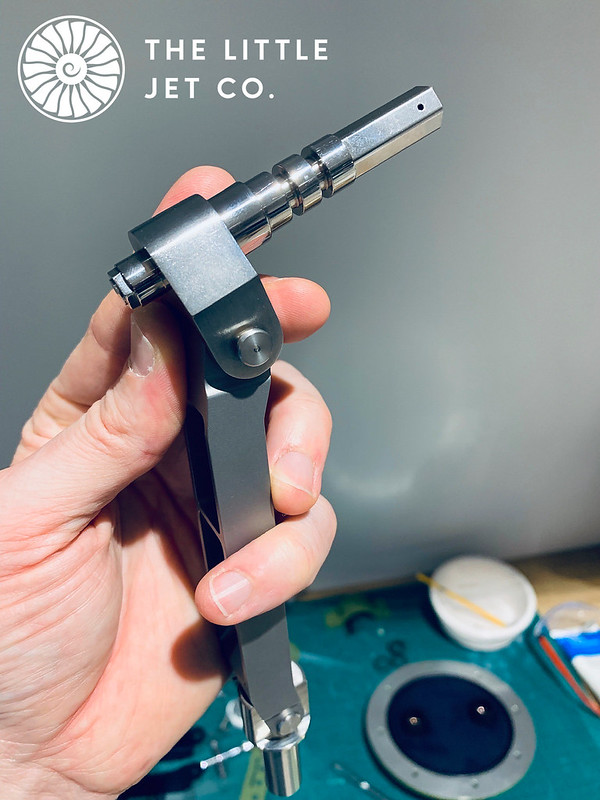Onto the actual build...
The first task was to cut the apertures for the cockpit and ski wells and install the two main formers that join the rear half of the fuselage to the front section. We have a glass pre-preg fuselage structure with Nomex core and monolithic carbon pre-preg ski wells. The fuselage structure is incredibly strong... I'll demonstrate this by hitting some of the off-cuts with a hammer, it barely makes a scratch! I'll upload the video in the next few days.
To mark out the apertures I dry fitted all the internal formers and marked the position of the ski well on the inside. I then marked it out again moving inside by 20mm and at each angle change I drilled a hole. Finally joining the dots on the outside and making the cut. Once the ski wells are bonded in I'll cut back the overhang and seal the cut.
Photos are just from my a phone so apologies for the quality in places.
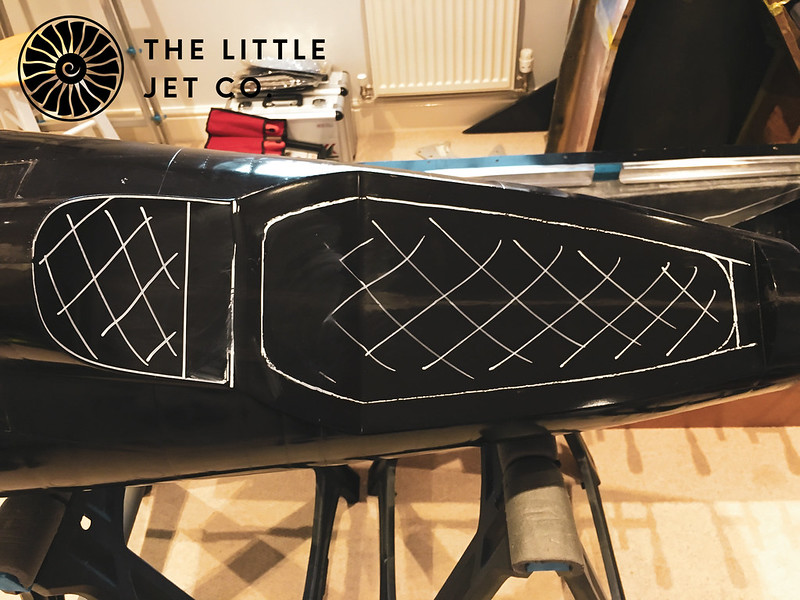 IMG_2086 by Alex Jones, on Flickr
IMG_2086 by Alex Jones, on Flickr
The school holidays is always a challenge... what could possibly go wrong?
 Screenshot 2018-12-12 at 21.10.27 by Alex Jones, on Flickr
Screenshot 2018-12-12 at 21.10.27 by Alex Jones, on Flickr
The final aperture cut to size.
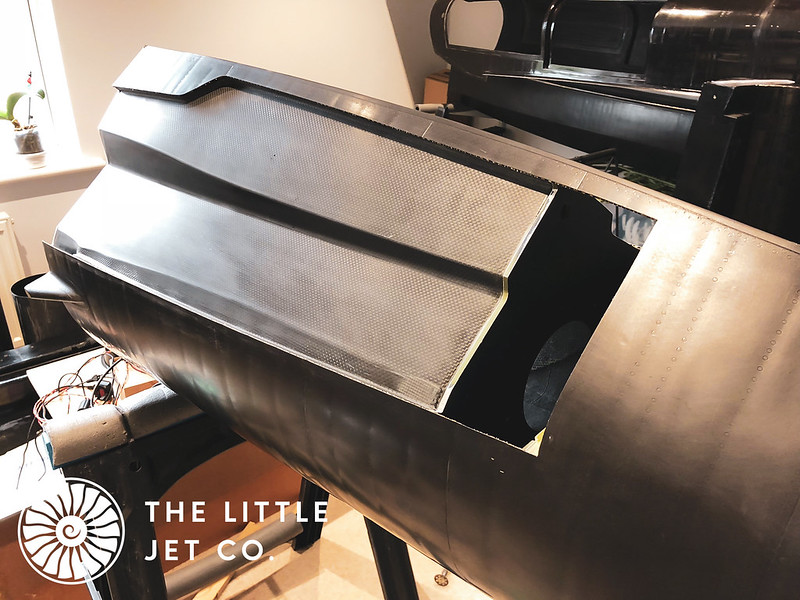 IMG_0136 by Alex Jones, on Flickr
IMG_0136 by Alex Jones, on Flickr
The first task was to cut the apertures for the cockpit and ski wells and install the two main formers that join the rear half of the fuselage to the front section. We have a glass pre-preg fuselage structure with Nomex core and monolithic carbon pre-preg ski wells. The fuselage structure is incredibly strong... I'll demonstrate this by hitting some of the off-cuts with a hammer, it barely makes a scratch! I'll upload the video in the next few days.
To mark out the apertures I dry fitted all the internal formers and marked the position of the ski well on the inside. I then marked it out again moving inside by 20mm and at each angle change I drilled a hole. Finally joining the dots on the outside and making the cut. Once the ski wells are bonded in I'll cut back the overhang and seal the cut.
Photos are just from my a phone so apologies for the quality in places.

The school holidays is always a challenge... what could possibly go wrong?

The final aperture cut to size.

Last edited:

